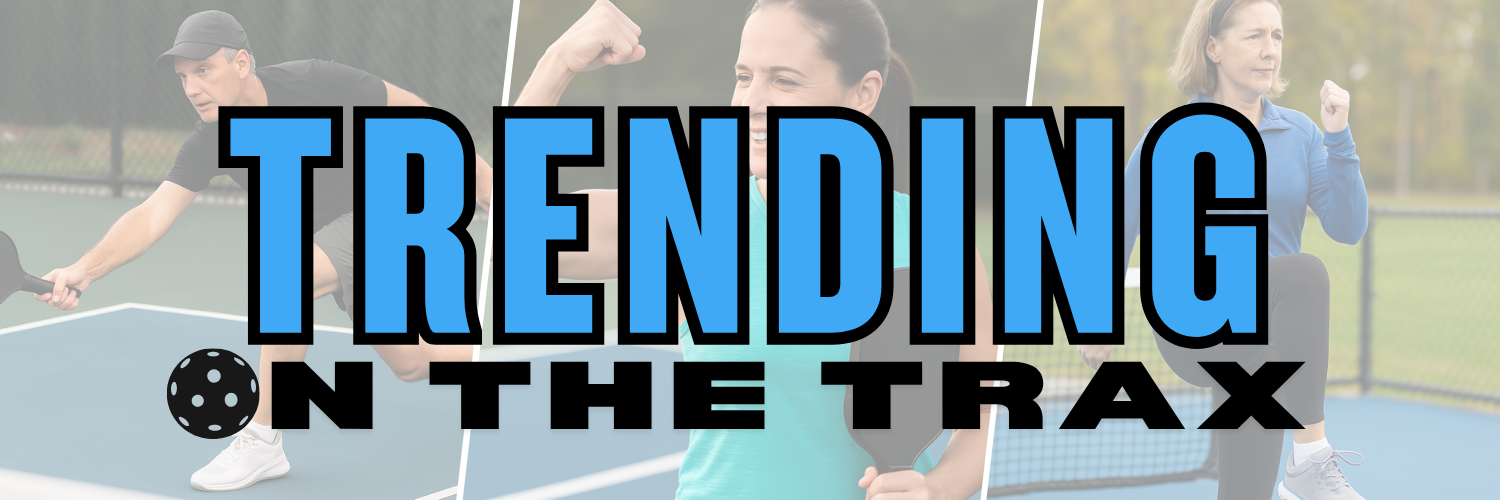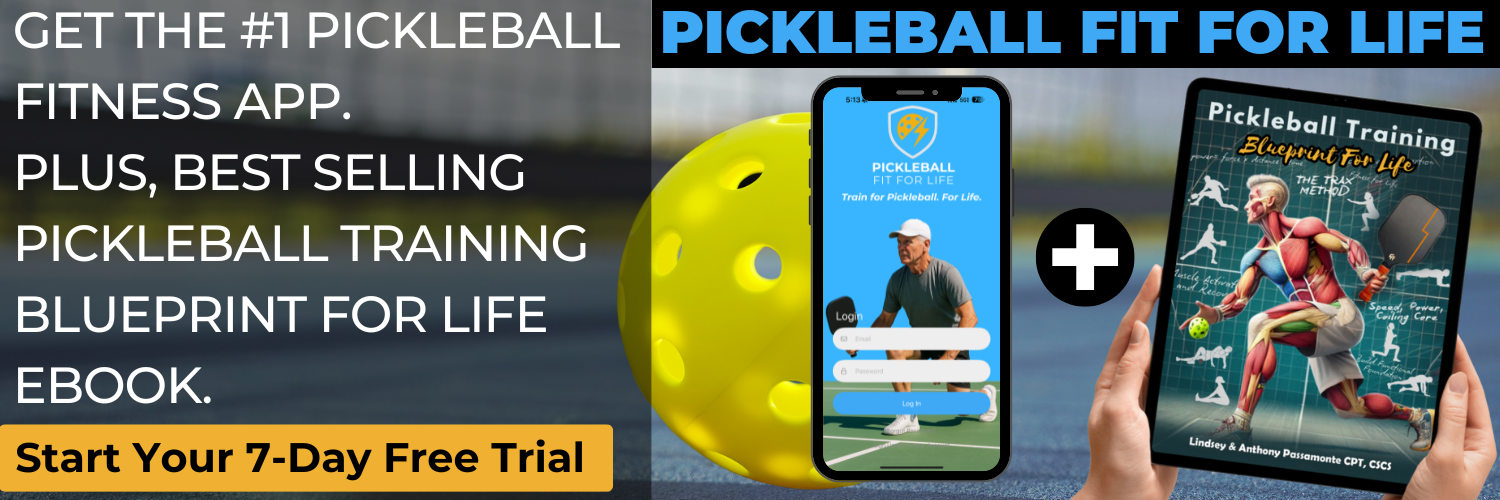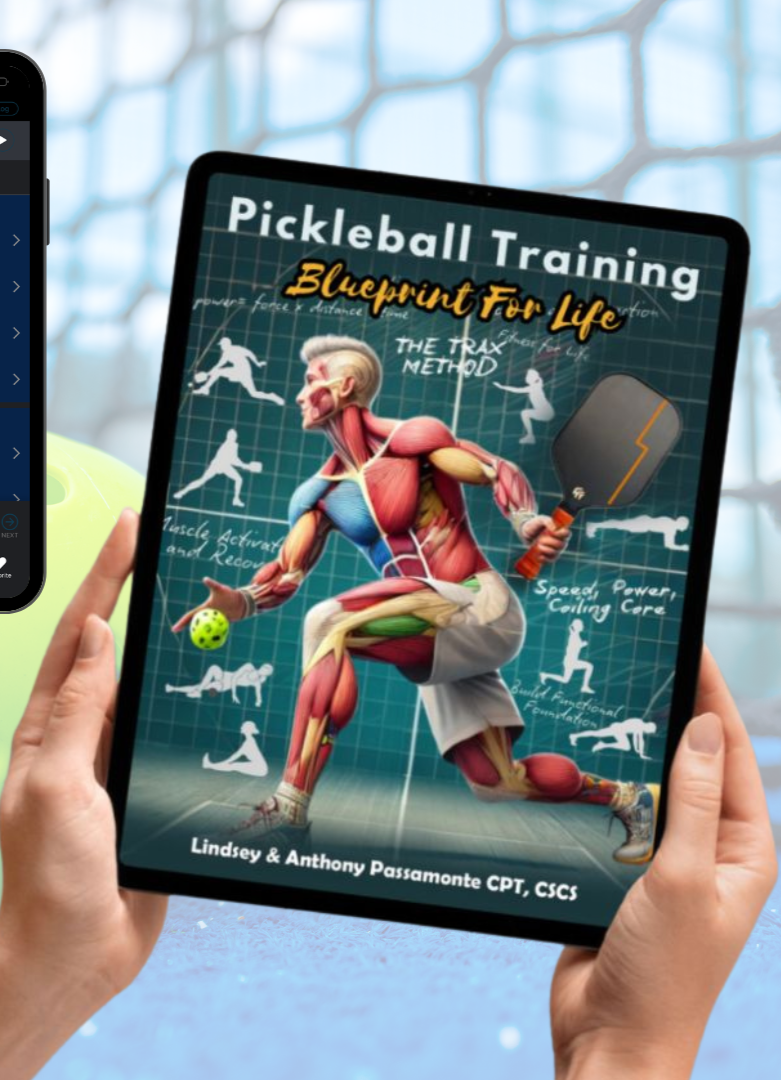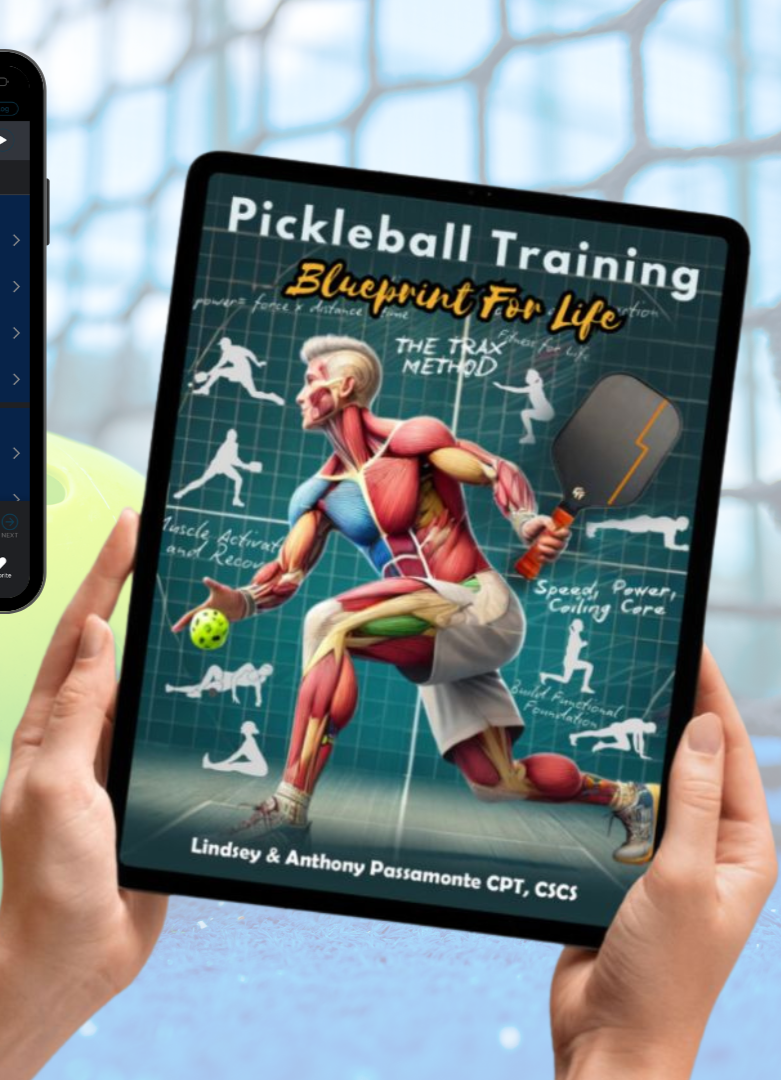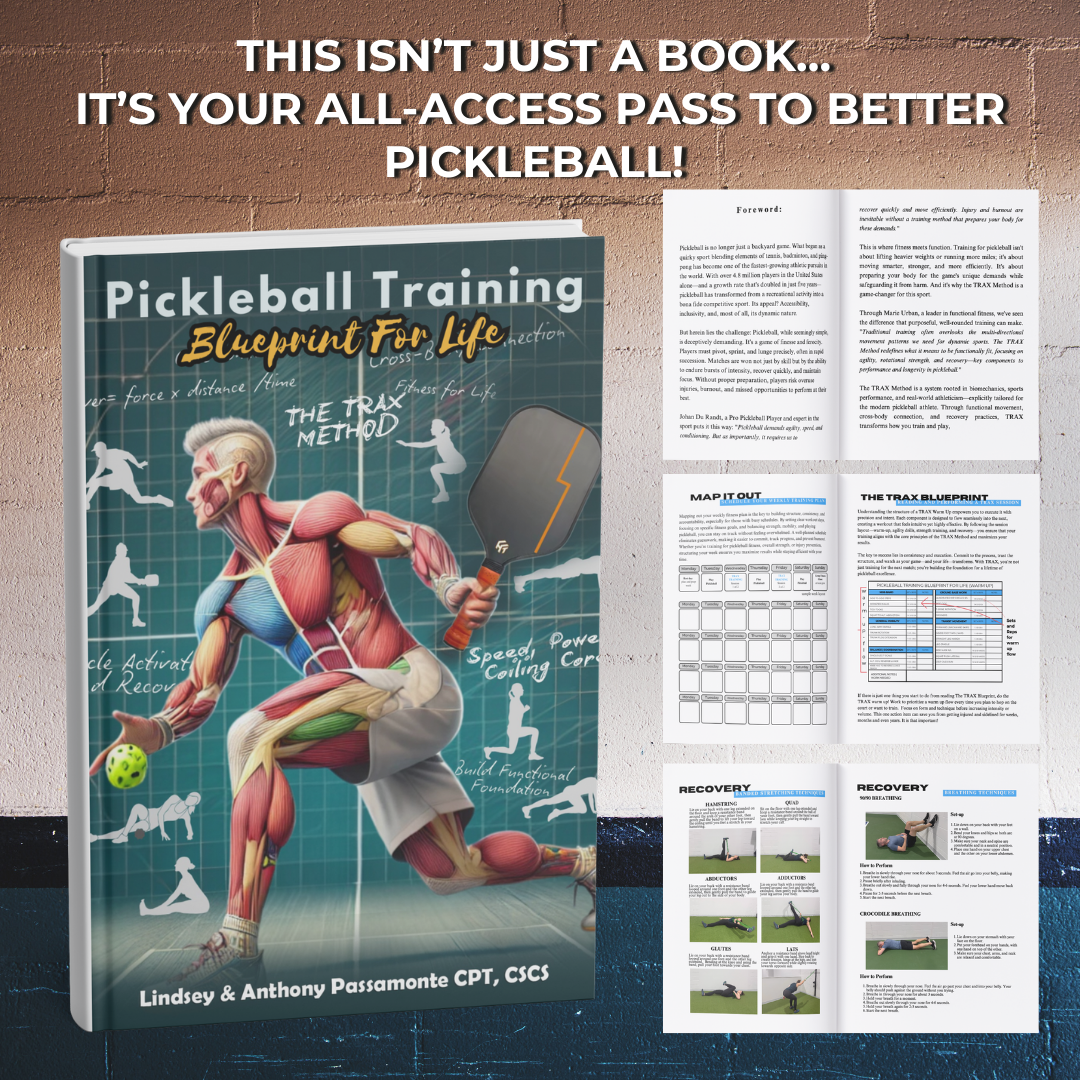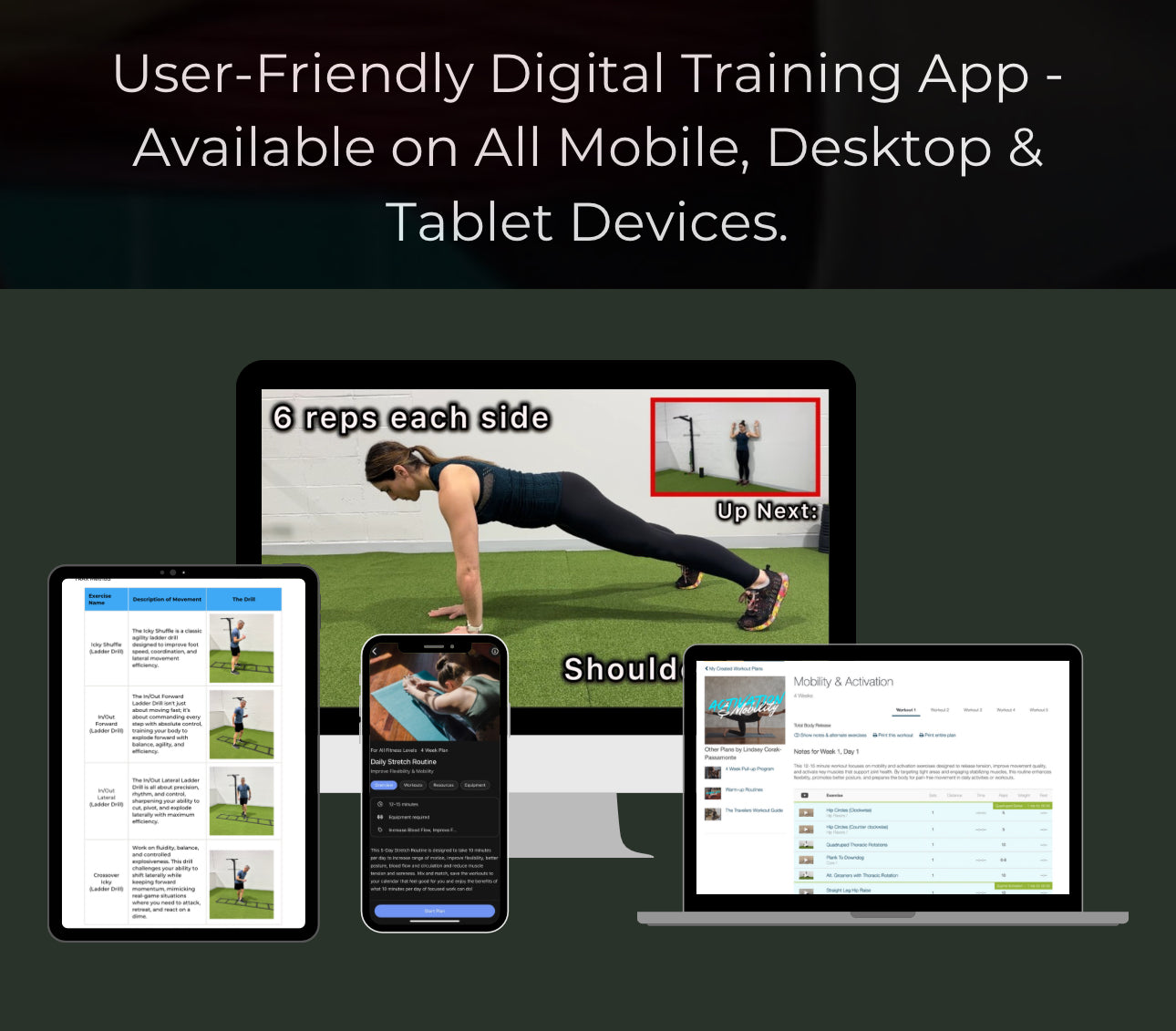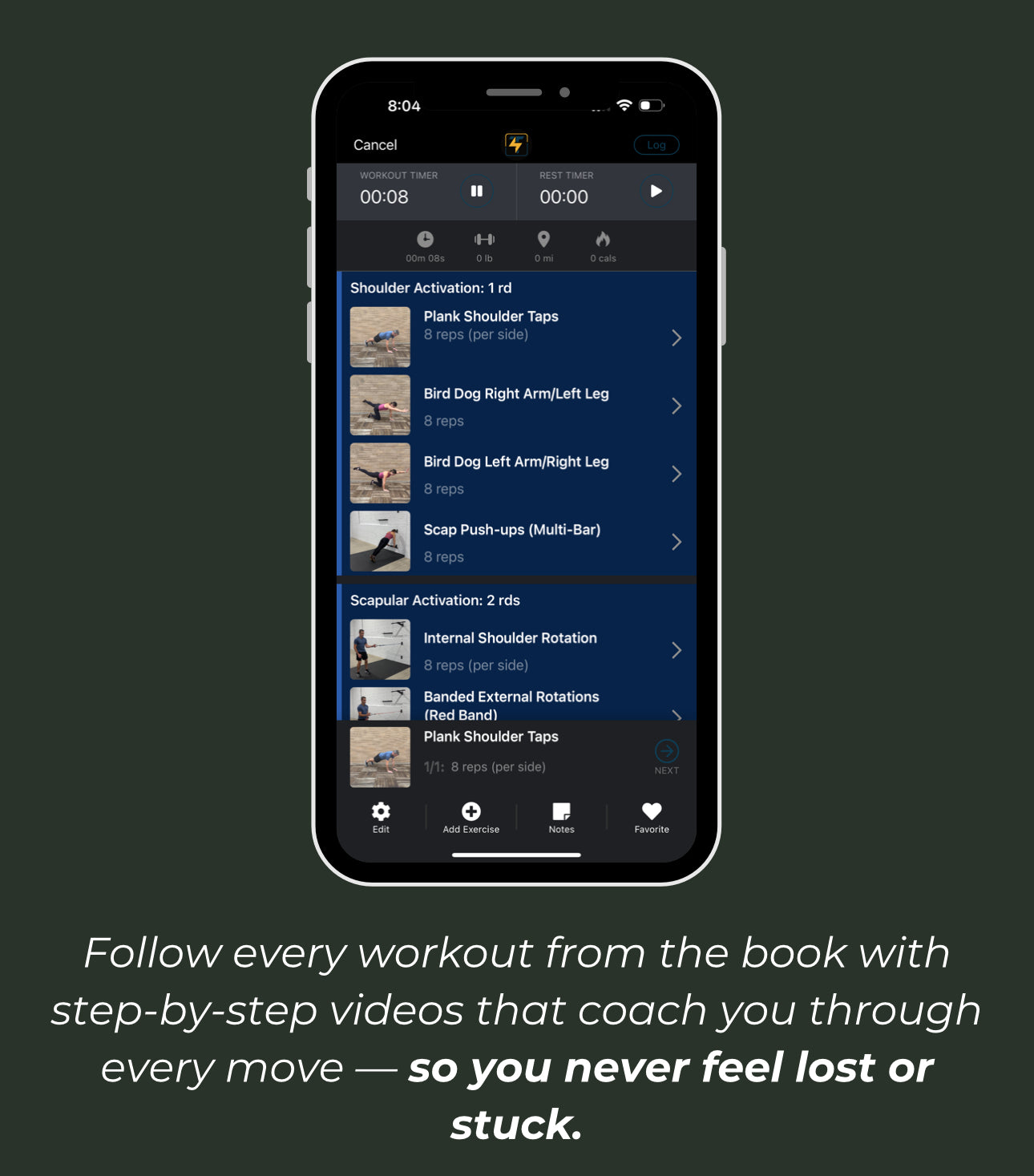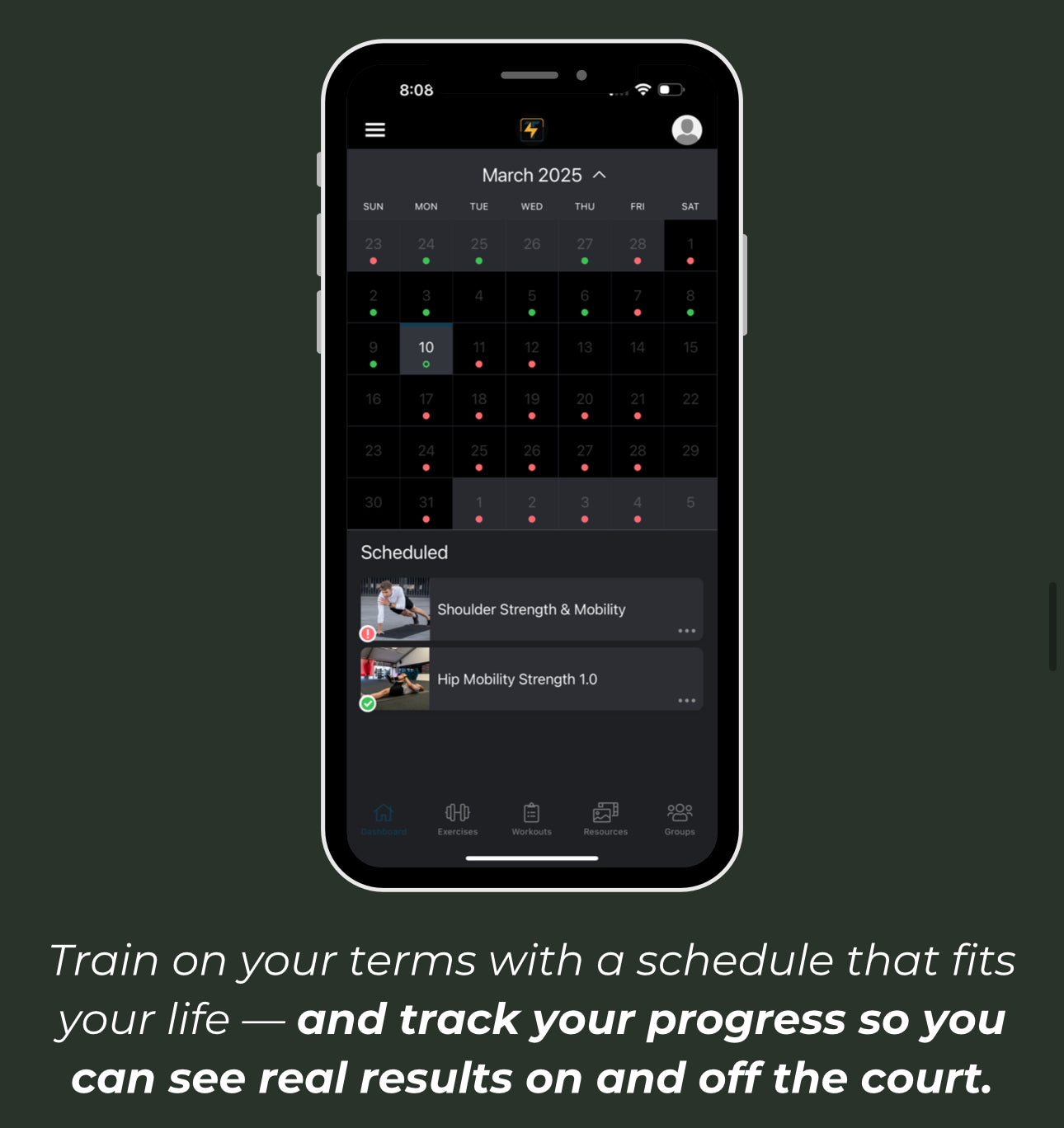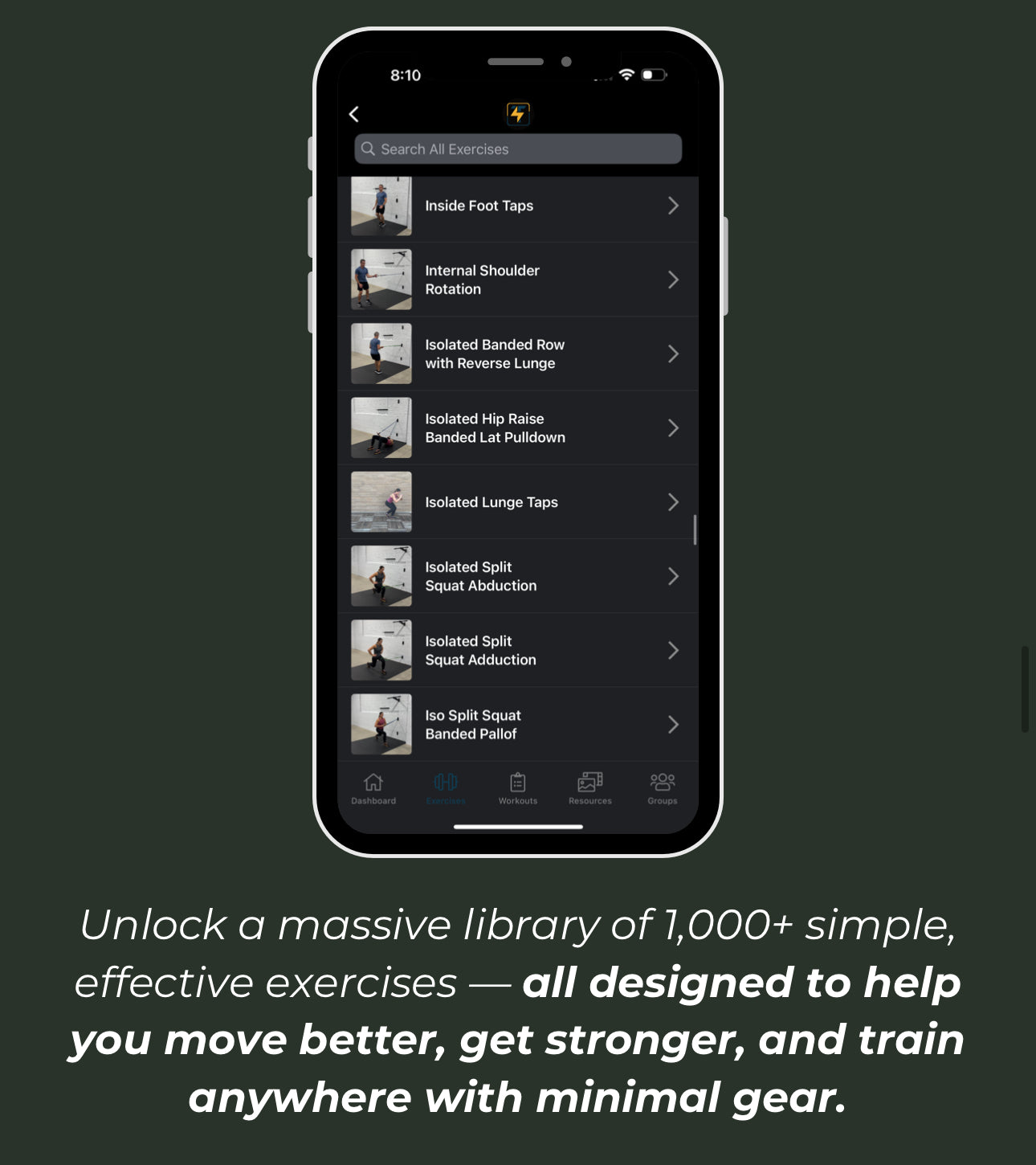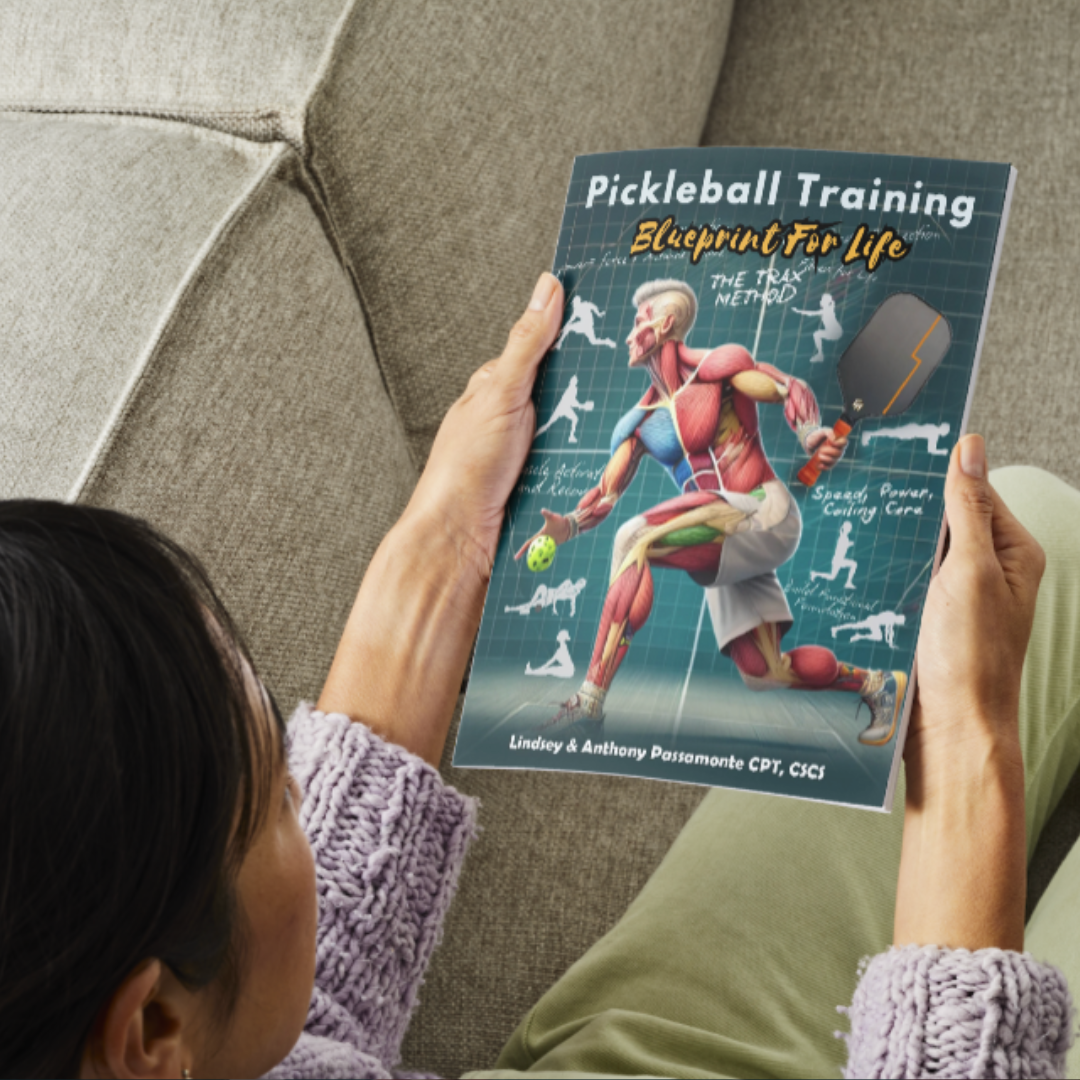If you’re over 40 and love staying active—whether it’s chasing a ball on the pickleball court, hiking on the weekends, or simply being able to move through your day with ease—it’s time to shift how you think about your workouts.
Because the old-school “no pain, no gain” mindset? It’s outdated. And honestly, it’s probably holding you back from doing the things you love for longer.
Let’s talk about why.
⸻
Fitness That Supports Your Life—Not Steals From It
Too many people treat workouts like a punishment. You go all-in, burn yourself out, and beat your body up in the name of intensity. But if your real goal is to stay active for life, your training should be supportive, not depleting.
Your workout shouldn’t leave you limping off the court or too sore to walk your dog. It should build you up—increasing your capacity to handle life’s physical demands with strength, confidence, and resilience.
This is where the mindset shift begins:
Work out to support your life, not take away from it.
⸻
What Is Physical Stress—and Why Does It Matter?
Let’s clear something up: physical stress isn’t just about heavy weights or intense cardio. Physical stress is any demand placed on the body—daily movement, repetitive motions, gravity, aging joints, inflammation, even poor posture.
Over time, this stress accumulates—especially as we age. The result? Wear and tear on joints, decreased mobility, slower recovery, and nagging pain that lingers longer than it used to.
The solution isn’t to stop moving. It’s to train smart. That means improving your body’s capacity to handle more stress—not by overloading it in the gym, but by strengthening and supporting it in the right ways.
⸻
Supportive Fitness: What It Really Looks Like
If longevity is the goal, your workouts should focus on:
• Mobility Training: Keeping joints healthy, muscles supple, and your body moving with fluid control.
• Muscle Where It Matters: Building lean muscle around the joints that take the most load—hips, shoulders, knees, and spine.
• Cross-Body & Coordination Movements: These train your brain and body together, improving balance, injury resilience, and athletic agility.
• Recovery Workouts: Stretching, breathwork, tissue release, and nervous system regulation are just as important as strength sessions.
• Efficiency > Intensity: You don’t need 90-minute beatdowns. Big bang-for-your-buck exercises done with purpose win every time.
This is how you train smarter, not harder.
⸻
If You’re Over 40, Ask Yourself: What Am I Really Training For?
Do you want to look good in the mirror? Sure.
But more importantly:
Do you want to move well, feel good, and play your sport—or live your life—without constant aches, setbacks, or surgeries?
This is about movement longevity. And if you’re over 40 and still trying to train like you’re 25, you’re likely doing more harm than good.
Your body has different needs now. It needs workouts that:
• Reduce inflammation, not create it
• Enhance movement quality, not just quantity
• Keep you strong, balanced, and pain-free
The Trax Method was built exactly for this—training that supports your joints, enhances performance, and gives you more freedom, not more friction.
⸻
The Bottom Line: Train For the Life You Want to Live
Fitness isn’t just about how much you can lift or how hard you can go. It’s about what you’re training for—and if that answer is “to feel great, move well, and stay active for years to come,” then it’s time to leave behind the punishment workouts and start training with purpose.
The Trax Method isn’t just a program. It’s a philosophy. One that helps you move better, train smarter, and live longer—with a body that’s built to last.
So if you’re over 40, active, and ready to rethink what real training looks like—you’re in the right place.

